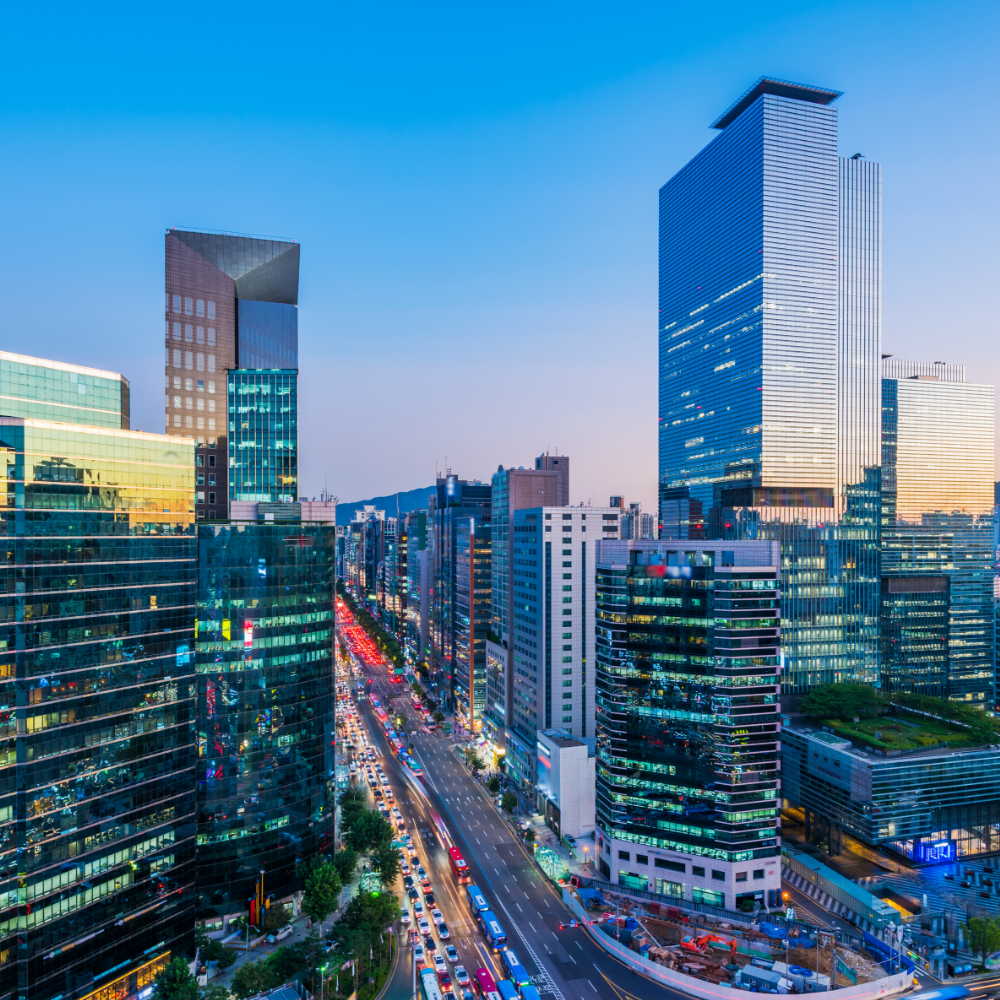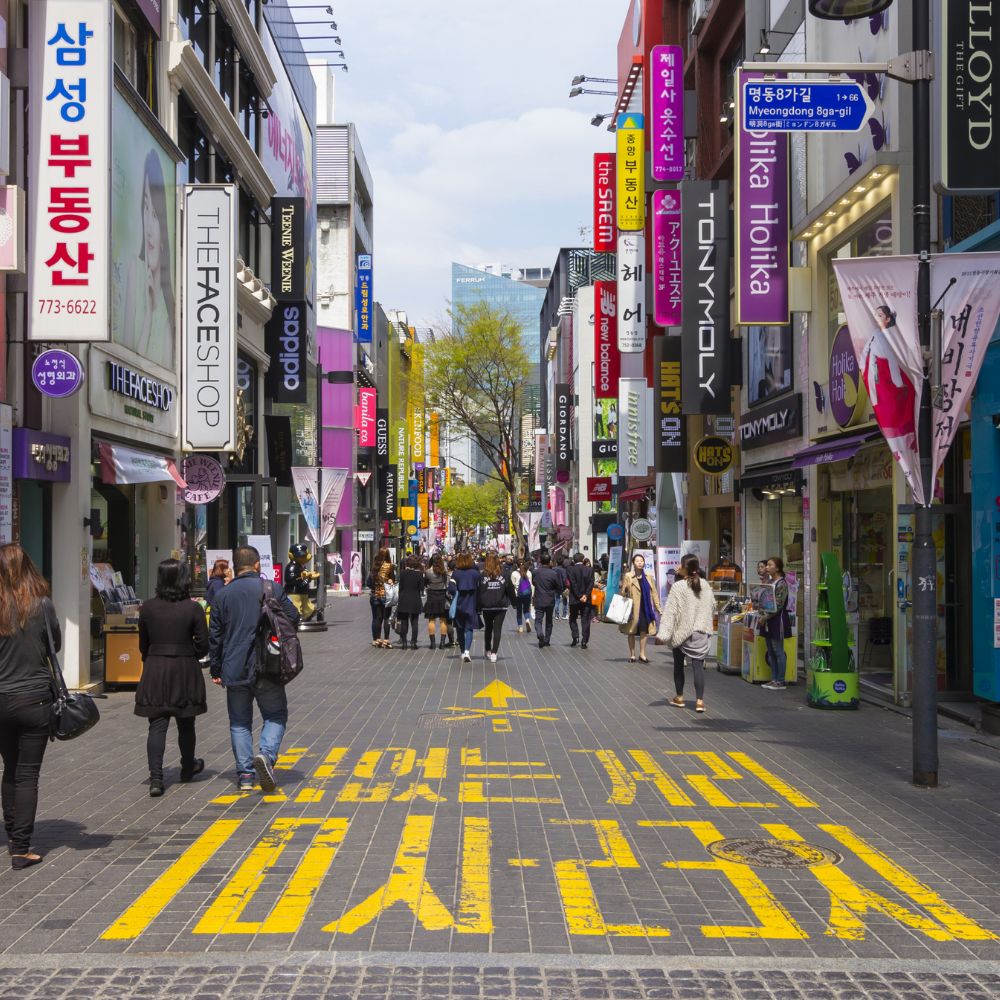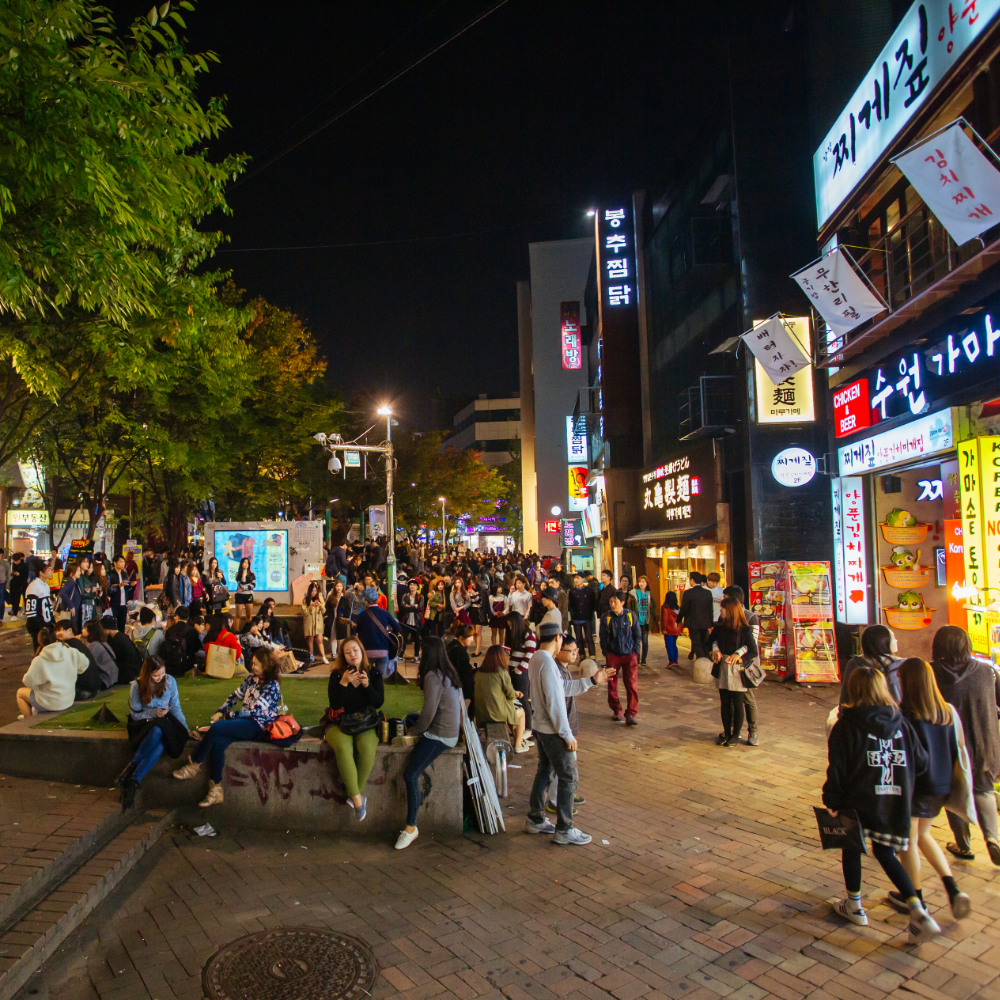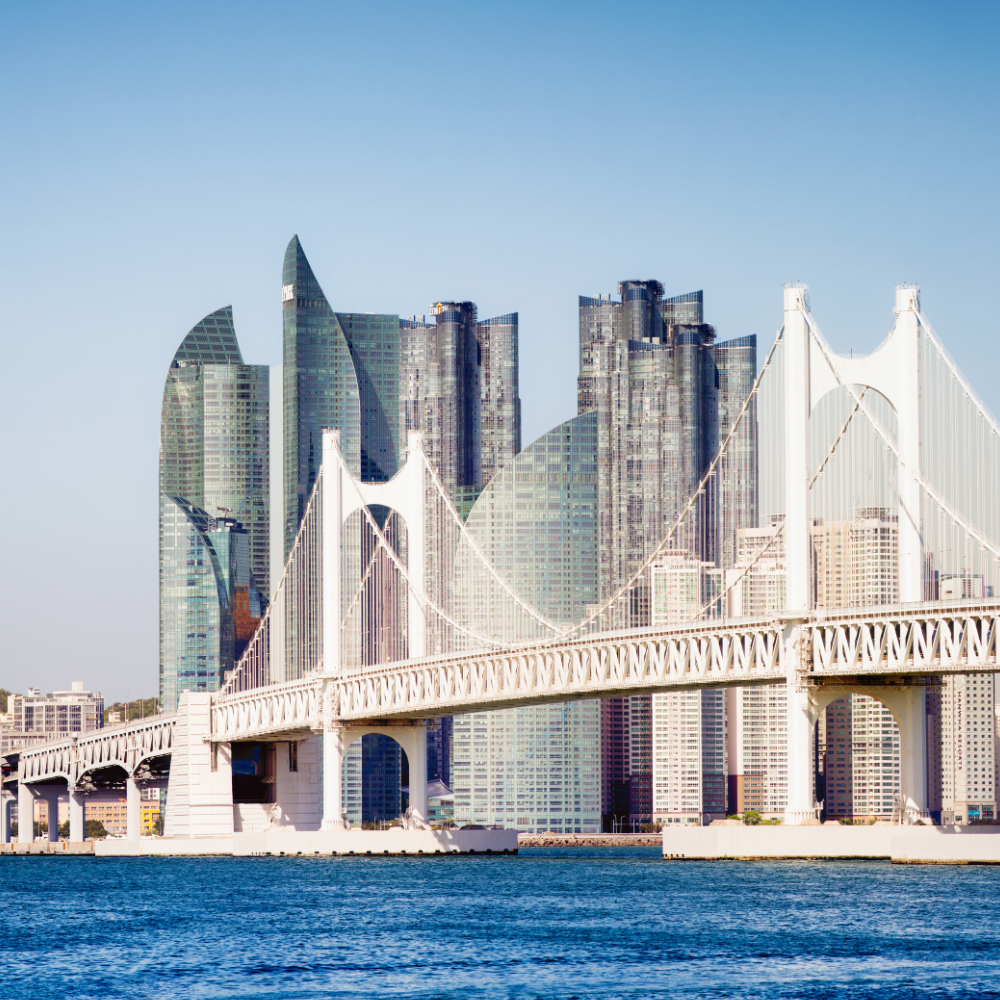Korean Redness Treatments: How Dermatologists Calm Sensitive Skin
Learn how top Korean dermatologists treat facial redness — from PIE and rosacea to post-laser flushing — using advanced laser devices and calming skincare protocols.

Common Types of Redness Korean Clinics Treat
Not all redness is the same. Korean dermatologists begin by distinguishing the cause — is it PIE (post-inflammatory erythema), rosacea, broken capillaries, or simple flushing? PIE appears as pink or red marks left after acne inflammation. Rosacea involves chronic inflammation with visible vessels, and flushing can occur due to heat or stress. Pinpointing the origin is key to proper treatment.

Vbeam, GentleMax, and Synergy: Which Laser Works Best?
Korea’s go-to devices for redness include the Vbeam Perfecta (pulsed dye laser), GentleMax Pro (dual wavelength), and Synergy (vascular Nd:YAG). Vbeam is excellent for superficial redness and acne-related PIE. GentleMax offers precision on larger vessels and deeper dermal flushing. Synergy combines laser with cooling spray to reduce irritation and is often used for sensitive skin types.

Post-Laser Care and Skin Barrier Recovery
After redness-targeted laser sessions, clinics focus heavily on recovery. Cooling packs, ampoule masks, and regenerative skin boosters like Rejuran or exosomes are used to speed up healing. Patients are advised to avoid sun, heat, exfoliants, and harsh actives. Moisture barrier restoration is a core priority in the Korean recovery protocol.

Tips for Managing Sensitive, Red-Prone Skin
Even outside the clinic, managing redness-prone skin requires care. Stick to low-pH, non-fragranced cleansers. Use barrier creams with ceramides or panthenol. Apply physical sunscreens with zinc oxide. Most importantly, keep skincare routines simple and observe how your skin reacts over time.

Dr. Beau's Note
Redness is a symptom, not a flaw. Korean dermatology approaches it with precision, not suppression. Whether caused by inflammation or sensitivity, the key is patience, proper diagnosis, and barrier-first recovery.











